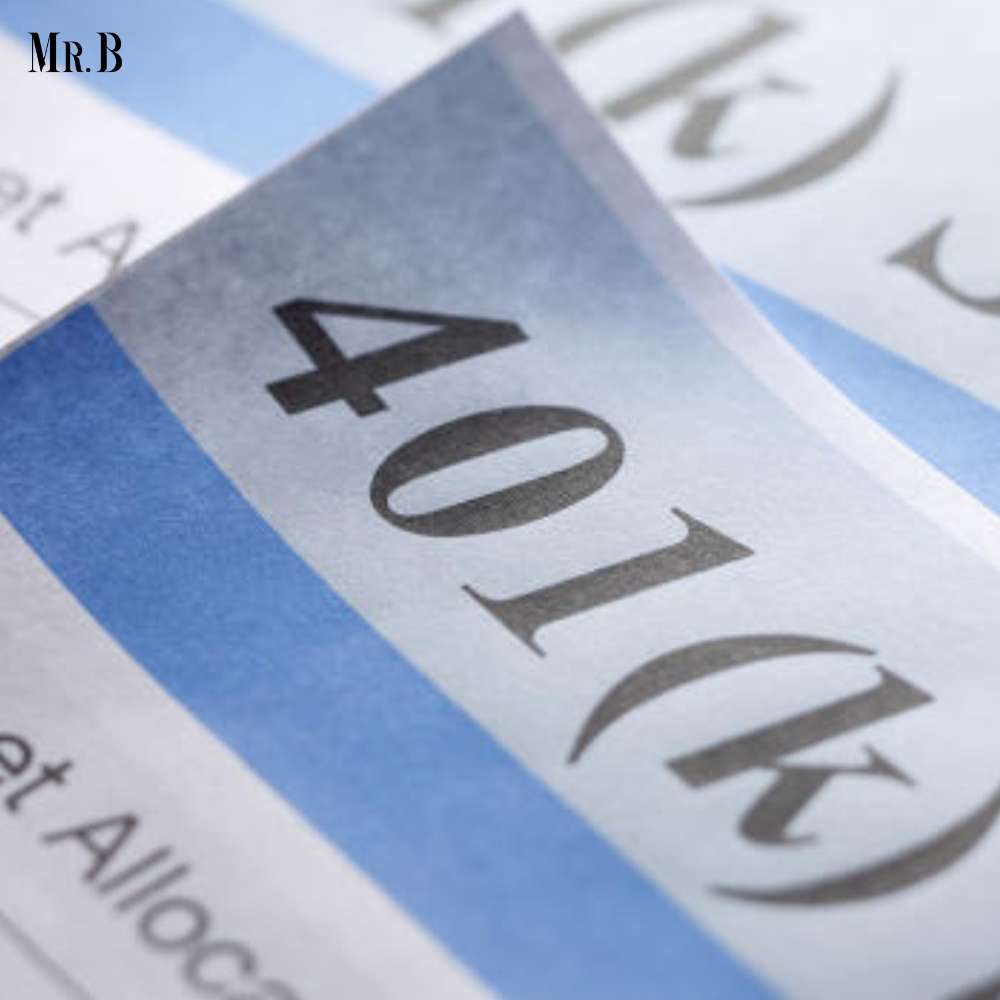Growing Number of Americans Tapping 401(k) Savings for Expenses
- Category: News

As financial pressures mount, an increasing number of Americans are dipping into their retirement nest eggs to address urgent financial needs. The latest analysis by Bank of America of its clients’ employee benefit programs reveals a 13% surge in 401(k) plan participants resorting to hardship distributions between the second and third quarters. This brings the total to 18,040 participants, marking the highest level over the past five quarters, since Bank of America began monitoring this data. The trend highlights the financial pressures faced by consumers as the 2024 election year approaches.
Financial pressures and Credit card
Despite a robust GDP and low unemployment rates, many Americans are grappling with financial pressures that make it difficult to cover their expenses. Lisa Margeson, managing director of Bank of America’s retirement research and insights group, suggests that the increased reliance on 401(k) hardship distributions may be attributed to high inflation and the rising cost of living. As savings accumulated during the Covid era dwindle, more consumers are resorting to a costly form of borrowing: credit cards. Despite record-high interest rates, credit card balances have surged by $148 billion in the past year, reaching $1.08 trillion, according to a report from the New York Federal Reserve.
The same report indicates that the percentage of households with new delinquencies on credit cards is at its highest level in twelve years.
Increase in 401k:
Other individuals are turning to their retirement accounts for financial relief. Bank of America reports a 27% increase in 401(k) plan participants taking hardship distributions since the first quarter of this year. The average withdrawal amount remains stable at $5,070. Bank of America’s client employee benefit programs comprise over 4 million plan participants.
The bank also notes that 0.59% of 401(k) participants took a hardship distribution in the last quarter, up from 0.52% in the second quarter and 0.49% the previous year.
According to the IRS, for a 401(k) distribution to qualify as a hardship, it must be necessitated by an “immediate and heavy financial need” and limited to the amount required to address that need. Such cash withdrawals are subject to income tax, and the money is not returned to the account.
Financial experts typically discourage people from tapping into their 401(k) plans for emergency funds when possible. This is because funds withdrawn from retirement accounts miss out on potential market growth over the years, if not decades.
Bank of America’s Margeson emphasizes the importance of minimizing 401(k) withdrawals whenever possible, as these savings, when allowed to grow and invest, can serve as a substantial nest egg for a secure financial future.







